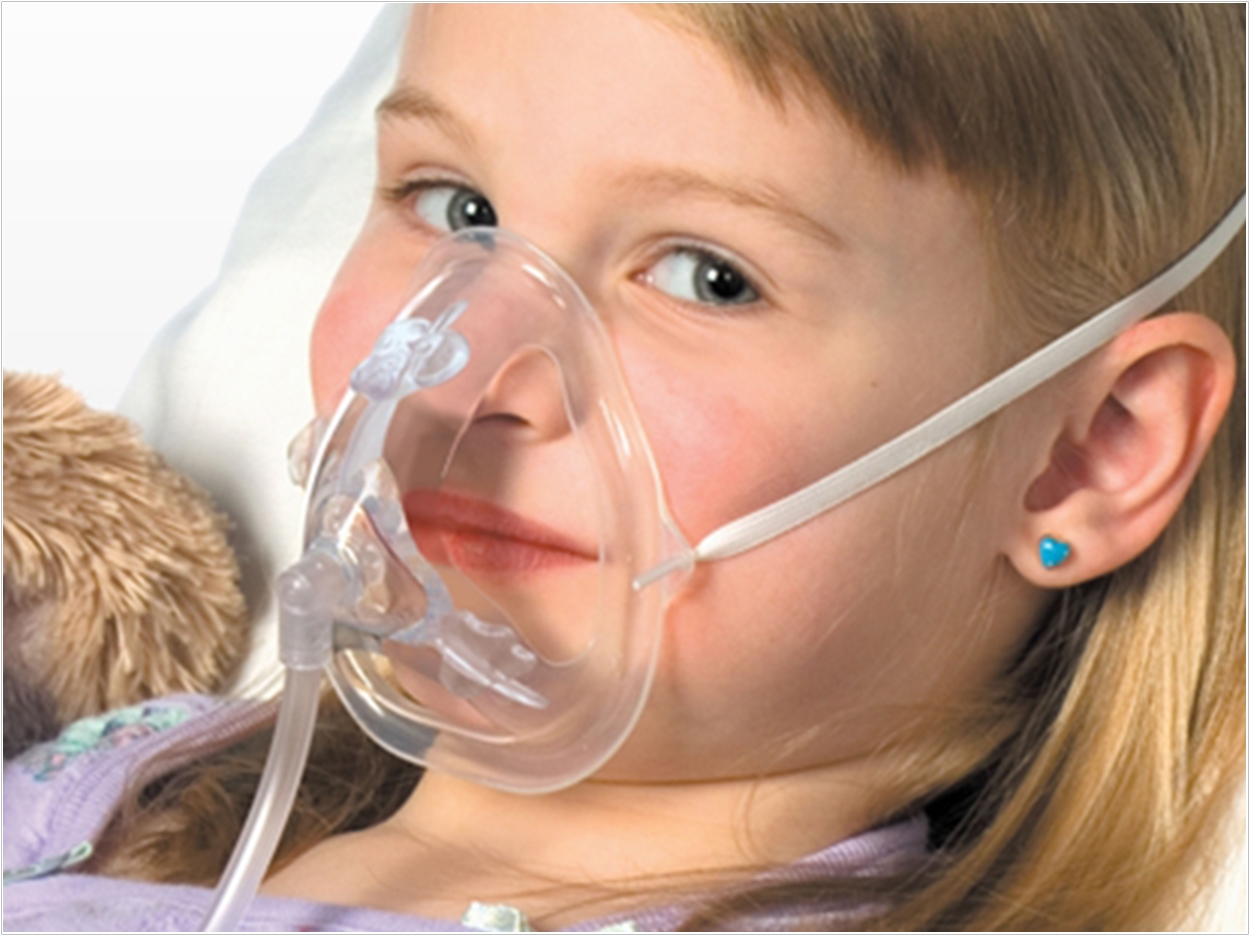
In June, the American Academy of Pediatrics (AAP) issued guidelines for deep sedation and anesthesia of children undergoing dental procedures. Now, the American Society of Anesthesiologists (ASA), the Society for Pediatric Anesthesia, the American Society of Dentist Anesthesiologists, and the Society for Pediatric Sedation all endorse those guidelines.
Cowritten by the American Academy of Pediatric Dentistry, the guidelines recommend that at least two people with specific training and credentials should be present with a pediatric patient undergoing deep sedation or general anesthesia for dental treatment in a dental facility or hospital.
The guidelines also clarify that deep sedation or general anesthesia must be administered by a qualified anesthesia provider such as a physician anesthesiologist, a certified registered nurse anesthetist, a dentist anesthesiologist, or a second oral surgeon.
Together, these six health organizations recommend that pediatric patients requiring deep sedation or general anesthesia for dental procedures require a second, well trained professional capable of monitoring the patient, managing the airway, establishing venous access for the administration of rescue medications, and resuscitation.
This approach, called the multi-provider team-based safe practice model, requires that the dental surgeon and the professional who is monitoring and sedating the patient are two distinct individuals with separate tasks.
“We are pleased with the support from these influential health organizations on dental sedation guidelines, which take into account the unique vulnerabilities of children,” said AAP president Kyle Yasuda, MD. “As healthcare providers, we share a desire for children to receive close supervised care led by a team of skilled professionals.”
“We’re excited to be working with these important healthcare groups to take an important step in furthering the safety of children who undergo deep sedation and general anesthesia for dental procedures,” said ASA president Linda J. Mason, MD.
“There are real risks associated with one dental provider doing both the procedure and monitoring the patient’s vitals. Our collective endorsement of the guidelines illustrates the necessity of having a dedicated, qualified anesthesia provider monitor the child to reduce the risk of adverse events and to manage any complications,” said Mason.
Related Articles
The Consequences of the 2019 AAPD Sedation Guidelines
AAP Updates Guidelines for Pediatric Dental Sedation
What Is a Dentist Anesthesiologist?












